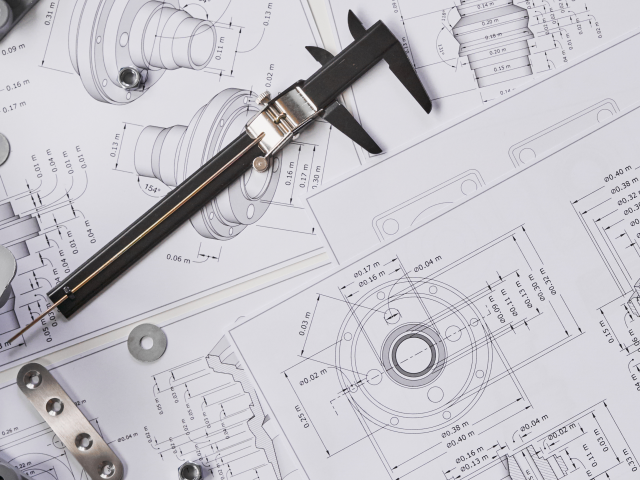
The Mapuche people want to be acknowledged as living outside the existing state system. For a long time, they have had to see themselves being pushed back, while their social structures increasingly crumbled. In recent years, however, they have been putting up a noticeably stronger resistance. The photographer, Pablo Ernesto Piovano, offers deep insight into a complex conflict taking place in the border region between Argentina and Chile; accompanying an indigenous people on their path to regaining their own identity.
At what point in your life did you start with photography?
My relationship with photography began very early on. When I was a child, I remember photos drying on the tiles in the kitchen of my home. My father used to make surreal photomontages in the eighties, which he printed in an improvised dark room in our small bathroom. I can still remember the chemical smell of the developing liquids on his hands when he passed close by me. When I was an adolescent, I studied photojournalism, and when I was 18 I started working with one of the most important daily papers in Argentina. That was my great school for journalism. The editorial team of the Pagina 12 newspaper had great photographers, writers, journalists and intellectuals. That was where my own language began to evolve, building the foundations of an author’s view of the matters I was involved in.
What approach do you take when searching for topics?
The subjects I deal with always touch on issues that are related to human rights and the environment. If I had to describe the core of my work over the last decade, I could say that it covers virtually every subject relating to the impact of large corporations on the community and the environment.
How did you become aware of the Mapuche’s struggle?
When I was nominated for the Greenpeace Award, they asked me to write about a subject that is relevant to me. At that moment, my country was convulsing following the disappearance of Santiago Maldonado, a young, militant anarchist, who was supporting the Mapuche people’s struggle to recuperate territory in Argentinian Patagonia. Santiago was gone for 78 days following police repression. When he was finally found dead in a small river, the major means of communication took on a nefarious role: the fact that they only adopted the voice of the State and the law, caused great doubts about his death. On the same day that they buried Maldonado, the repressive forces assassinated another young Mapuche, shot from behind during a struggle for territorial recovery close by. I understood that very little was known about the Mapuche people, and these events led me to investigate and travel thousands of kilometres to understand their ancestral struggle and their culture. During that search I discovered that on the other side of the mountains, in Chile, the resistance was alive and multiplying.
How would you describe the Mapuche people in your own words? What impression did they leave on you?
In their essence, the Mapuche people are a courageous people; their blood carries the mandate of resistance to be able to exist. Initially they resisted the Spanish crown in the mid 1800s; later on the consolidation of the Argentinian and Chilean states, and currently they’re systematically resisting the large timber, hydro-electrical and oil corporations, that are exploiting their territory.
The clashes between police and Mapuche people/demonstrators seem to escalate regularly. How did it feel for you to work in the middle of the action?
At the moment of conflict, I could never understand the degree in which the violence could escalate. The thing that is sure is that the Mapuche people don’t have any firearms. They defend themselves with stones and sticks, but with the advantage of knowing the territory very well. For a photographer it’s reassuring to know that there are not weapons of war on both sides.
From a photographic point of view, what was the most difficult part of your project?
At the beginning it was important to understand the idiosyncrasies of the people, understand how to move while respecting the natural rhythms of the land and of nature. Presenting myself to the community took me more time than I am used to from other jobs. The tensions due to the conflict made it indispensable that everyone should know what I was doing with my camera.
I assume, it must have been hard to gain their trust…
The Mapuche people maintain a certain distance to the winca/white people. Somehow there is always tension with regard to someone coming from outside. And, to tell the truth, I could see that they didn’t need anything from an outsider; they have a remarkable system of social, political and spiritual self-support. Personally speaking, I think the most difficult thing was to tell the story of intimate family life; simple, everyday life. For example, to get the agreement to take a portrait of someone I didn’t know, required a presentation in advance, that at times could take up to various days or weeks. People asked themselves what it was I wanted, and why I was there. After spending time with them, in their daily lives and while going up against the police, they suddenly decided one day to slaughter a lamb and invite me to drink its blood, to share their food with me. I think that, as of that moment, my relationship with them became closer, and it allowed me to experience the beauty of their visions.
Is there any situation you remember most?
When the Chilean police assassinated Camilo Catrillanca, a Mapuche youth who lived in Araucanía, I decided to travel there the next day. It was a trip of close to 24 hours by car without stopping. It was about 1600 kilometres, crossing a frontier in the Andes Mountains. The elugun (Mapuche wake) lasted three days. It was a historic and unforgettable ceremony, attended by nearly 5000 people, bringing together all the political and spiritual Mapuche authorities. Somehow, the abrupt change of scenery and situation, made me feel as though I had travelled back various centuries in time. Everything I saw contained something ancient. On that day they were saying farewell to a waichafe (warrior) with all honours and the strength of his memory. I also think that is was a fundamental and historic event, that gave rise to a great social outcry, that reached the streets of the Chilean capital one year later, and shook the pinnacle of the top leaders of Chilean politics.
What do you think about the future of the people living and fighting in that area?
I believe it will be an on-going, sustained battle, without a short-term solution. The aim of the Mapuche people is to be recognised as a people outside the state. We are in a time when the awareness of what it means to be Mapuche is strengthening, and this is reflected in the new generations who have a clear sense of continuity. I believe that they are a people destined to survive, fighting for what was once their legacy.
What did the project teach you? Were you able to learn something from it?
Without a doubt. I learnt a lot by spending time and having experiences with them. I feel that many people opened up their hearts to me, and I found nobility and humility there. Humility serves as a beautiful and profound door to understanding, which I was reminded of all the time. Conviction is also an innate value that these people showed me. When I look back, I feel nothing but gratitude.
Born in Buenos Aires in 1981, Pablo Ernesto Piovano has been working as a documentary photographer since he was 18. Among others, he has taken pictures for Geo, Stern and Liberation, and has received prestigious awards such as the Nannen Prize and the Greenpeace Award. In 2018, World Press Photo recognised him as one of the six talents from South America. His work has been exhibited at numerous festivals and museums. Find out more about his photography on his website and Instagram channel.
Leica M
The Leica. Yesterday. Today. Tomorrow.





